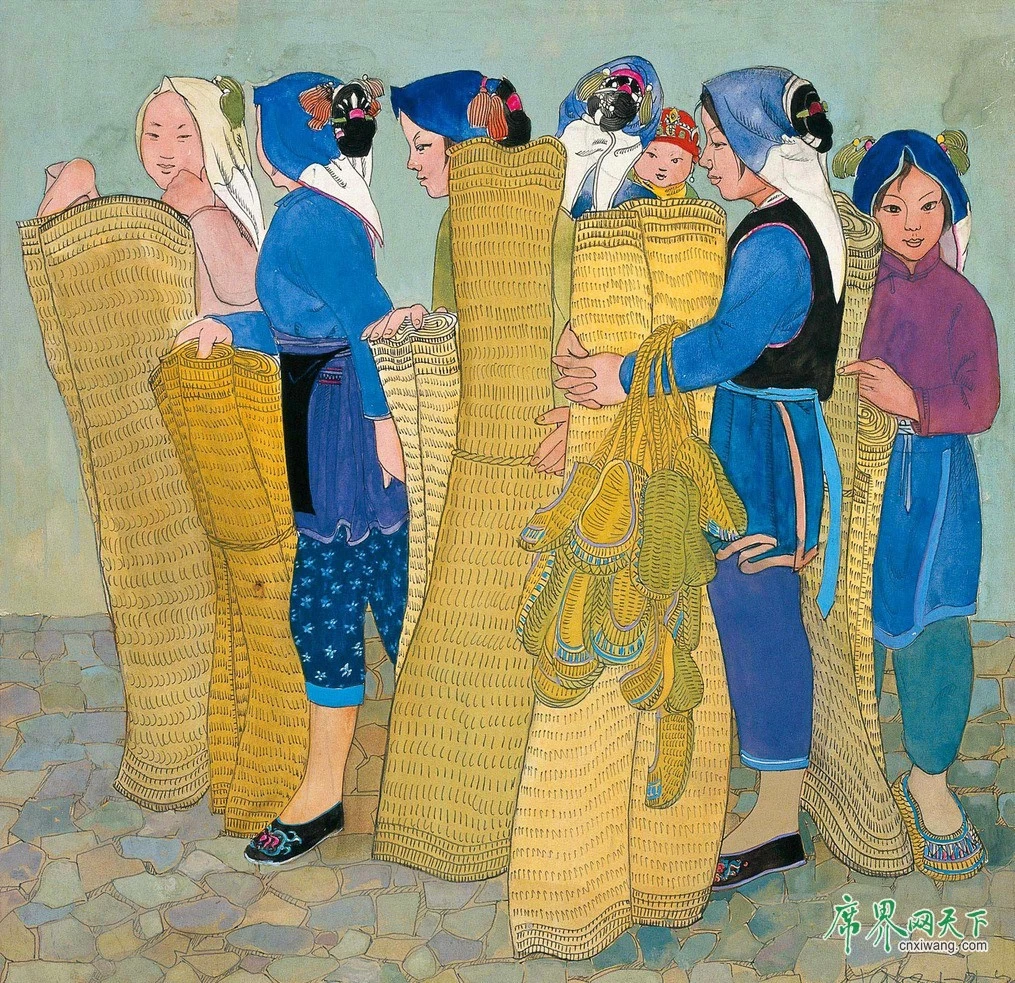Xi Culture Science
XI culture science: XI, since ancient times, is a symbol of identity and status, and the traditional Chinese XI culture contains the essence of the culture of peace, ritual and joy; wine, representing the ritual and love, from a certain point of view, has a similarity with XI culture. Therefore, wine and seating have become two indispensable things in people's daily life.
The culture of mat is one of the necessary furniture for human beings to move from trees to caves, and the weaving technique of Dongguan grass has a history of more than 2,000 years. According to the "Song Qi Jue Jie", the seat unearthed from the Han tomb in Changsha, Hunan Province, which is more than 2,000 years ago, is proved to be a Guan mat. According to the historical records such as "Song Qi Jue", Dongguan had already formed a considerable Guan grass weaving industry in the period of Liu and Song in the North and South Dynasties.
The grass mat is considered to be the oldest in the generation of mats, and is loved by older people because of its unique fiber structure, natural fineness, good breathability and a natural fragrance. Traditional straw mats are woven with lantern grass, cattail grass, marabou grass, rushes and so on. At present, the domestic grass mat production area is mainly located in Anhui, Jiangxi, Zhejiang and other places.
Seat culture science: cowhide mat first originated in Sichuan, is made of cowhide as raw material, using the tanning process to make leather mat, with the first layer of buffalo and yellow cowhide mostly. The "Materia Medica - Beast Department" has recorded: "water cowhide, safe in the benefit of gas, edema, in addition to dampness." This shows that the history of cowhide to do the mat has been a long time.

Seat culture science and technology: ancient China's five seats refers to Guan, algae, the second seat, Pu and bear seat, in addition to the bear seat is made of fierce animal leather, the remaining four seats were made of different grass, bamboo and rattan, etc. woven, the level from Guan to bear in ascending order, but also dedicated to the official in charge of the five seats, the bear seat can only be used by the royal family.
Seat culture science: the ancient Chinese way of life of sitting and lying on the ground is called "seat living". Because the Central Plains long grass, invented the "mat", Jiangnan bamboo, invented the "feast", "feast" on the "mat", "mat". Therefore, "Xiju" is also called "feast".
Seat culture science: the old rules on the seat, the noble guest west seat. In ancient times, the right side of the seat is still right, and the right side is the position of the guest teacher, who lives in the west and faces east. Home school teachers and bureaucrats of the curtain guest, are called "West guest", also known as "West seat", the host is called "East family". Therefore, the ancient people respected the teacher who taught and solved the problems as "Xi Xi", and arranged the guests and teachers to sit on the seats facing east to show respect.
Seat culture science: the ancient Chinese ritual system of the seat of honor and inferiority have two kinds of ruler and subject and guest. The ruler and the subject are honored by the south, the north is called the subject, so the emperor should sit in the north facing south. The master of the host and guest rituals sit in the east, so that guests sit in the west, that is, face east and sit; in life, everyone is usually the seat facing the door as the top seat.
Seat culture science: the material of the seat is mostly made of natural bamboo, rattan, grass and wood, etc., and the focus is on the merging of man and nature as one, playing Zen meditation, under the body can not be missing the mat, and can better perceive the realm of Taoism and nature, the unity of heaven and man.

 EN
EN AR
AR FR
FR DE
DE EL
EL HI
HI IT
IT JA
JA KO
KO NO
NO PL
PL PT
PT RO
RO RU
RU ES
ES SV
SV TL
TL ID
ID VI
VI TH
TH TR
TR FA
FA AF
AF MS
MS BE
BE MY
MY XH
XH Back To News
Back To News